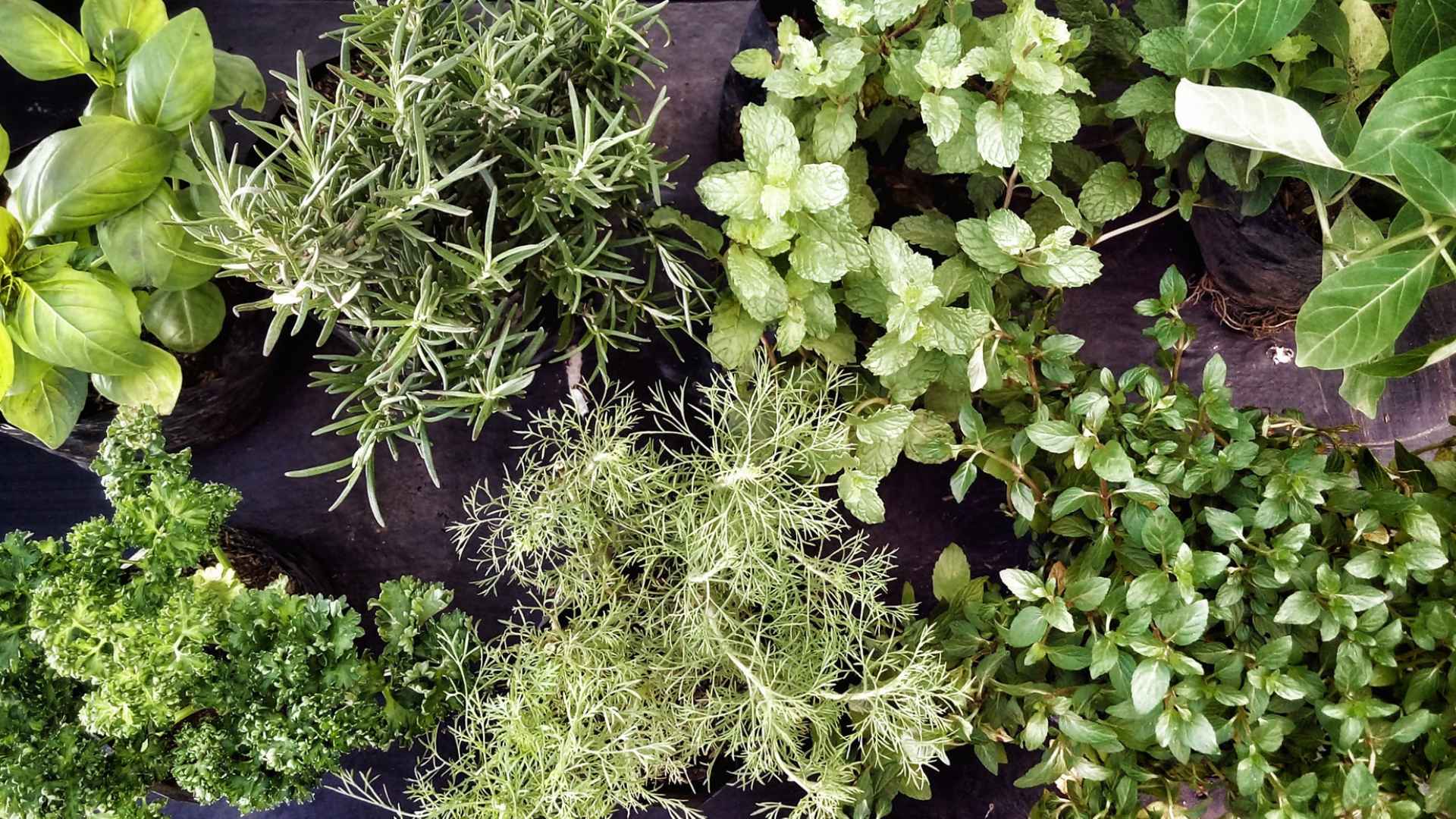Plant phenotyping is an expanding research field that quantifies the structural and functional properties of plants. The challenge lies in breeding new varieties of food crops that can survive in increasingly harsh environmental conditions.
Phenotyping under controlled environments (CE) allows the collection of traits that cannot be reliably measured outdoors and the assessment of a plant's phenotype under repeatable, clearly defined environmental conditions using automated, non-invasive, high throughput methods.
What is phenotyping in agriculture?
Phenotyping is the practice of recording and analyzing plant characteristics. It plays an integral role in modern agriculture, allowing researchers to study how a plant's genome and environment combine to form its phenotype.
Wageningen University & Research scientists use robots, drones and other digital technologies to collect essential data on plants that they use for developing climate-resilient crops. This knowledge allows farmers to more efficiently use pesticides while giving plant breeders the information necessary to accelerate their breeding efforts.
This research seeks to improve crop adaptation to the Mediterranean climate, where plants often experience high evapotranspiration demands, soil water deficits and extreme temperatures and photo-oxidative stress (POTS). Furthermore, it will identify phenotypes which increase resistance against these extreme conditions so breeders can select more resilient varieties.
To address these challenges, improved phenotyping methods must be developed at various scales – from greenhouse to field for fruit, cereal and legume crops. These phenotyping approaches will characterize regional genotypes and landraces that may exhibit putative abiotic and biotic stress adaptations, helping develop varieties with enhanced agronomic performance in low-input farming systems.
What is phenotypic variation in plants?
Phenotypic variation in plants is a multidimensional phenomenon that manifests at multiple scales, from morphological to genetic. It's highly correlated with plant diversity and has important ramifications for conservation efforts, breeding practices and agriculture practices alike.
Genetic constraint is one of the key processes causing plant phenotypic variation, caused by selection to maintain one trait while restricting its evolution (Hodin, 2000). Pleiotropy also plays a role here when one gene controls multiple traits – an example being FLC locus which controls vernalization response among other traits.
Another major source of plant phenotypic variation is environmental changes to genes controlling various traits. These modifications can amplify existing traits or alter their genetic makeup, leading to new or different phenotypes.
Examples of developmental plasticity refer to when a plant adapts its programs according to an environmental condition, leading to increased growth, flowering time or yield. Other environmental changes that produce phenotypic variation in plants include epigenetic effects.
How accurate is phenotyping?
Phenotyping a plant is an intricate task, as it necessitates the analysis of both its biological system and its environment at both a large spatial and temporal scale.
This complexity poses a number of difficulties for quantitative analysis of plant phenotypes. This includes understanding the genetic basis for each trait (genomics), unraveling complex relationships between genotype and phenotype, as well as taking into account environmental influences known as "memory effect."
Over the last decade or so, new technologies have emerged that enable greater capacity and throughput in phenotyping. These include sensors for detecting specific morphological and architectural traits (e.g., photosynthesis, root formation) as well as high-throughput systems used to measure various traits in greenhouses, environmental simulation facilities, and in the field.
These technologies present new possibilities to phenotype plants at multiple levels of development – from cellular and tissue levels up through organs – on timescales ranging from nanoseconds to extended seasonal changes. By applying these cutting-edge methods to plant phenotyping, detailed analysis and high throughput installations are possible in small, medium, and large facilities alike.
Phenotyping remains a challenge in crop research despite significant progress. To overcome this obstacle, urgent action must be taken to develop infrastructures for phenotyping and make them available more quickly. EMPHASIS plays an integral role here by connecting Europe's plant phenotyping infrastructure together and taking advantage of synergies between facilities.
Click on the link for more information: https://plant-ditech.com/

